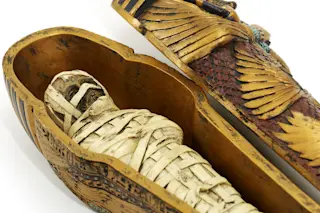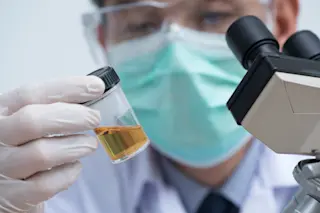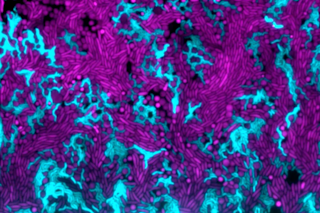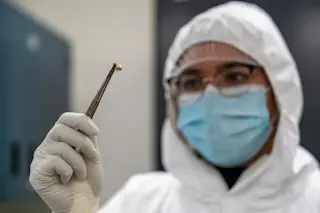In 1997, I was living in Manhattan when the
a sardonic weekly--published a front page story entitled, "New York is Germ City!" As the Seattle Timesrecalls:
The paper asked a laboratory to analyze swab samples taken throughout Manhattan and found the city an effective incubator for all sorts of staph and strep and E. coli bacteria - on taxicab seats, subway turnstiles and pay phones, and at upscale movie houses, gourmet food shops, automated teller machines and elevators. "It was a stupid article, a cheap journalistic trick," said New York City Health Department spokesman Fred Winters. "We agree with the Observer that there are germs everywhere. Always have been. And there's no more risk today than there ever was. That's why we have antibodies. That's why we have soap and water."
Nonetheless, the infamous story left a deep impression on many New Yorkers, including Gwyneth Paltrow. (For ...













